Summers in India aren’t just about the scorching sun and parched throats. They are heralded by a symphony of flavours. Memories dance around mangoes, their sweet scent clinging to sticky fingers and chasing vendors with carts overflowing with lychees and sugarcane. The tang of raw mangoes in aam panna brings back afternoons spent playing under the shade of a mango tree or playing hide and seek with cousins during summer holidays. Each bite of a summer fruit or vegetable is a burst of nostalgia, transporting us back to childhood summers, hotter and perhaps simpler times.
Now let’s talk about those who spend most of their time in the kitchen, professionally speaking. Zee Zest chatted up with chefs who in turn shared some of their heartwarming memories associated with the season with us. Let’s hear it from them:
Hussain Shahzad, executive chef, Hunger Inc. Hospitality (The Bombay Canteen)
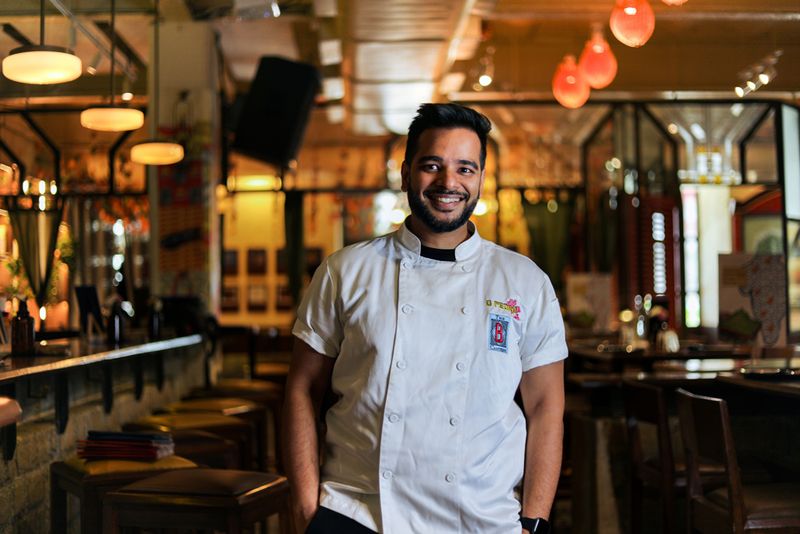

Growing up in Chennai, South Indian food and eating habits were a big part of my life. Summer gourds, like bottle gourd and ridge gourd, featured prominently in our meals. We often had dishes like sambar and koottu - a lentil and vegetable stew, with seasonal vegetables such as gourds and Madras cucumbers. My mom, originally from Patna, loves to get creative with these vegetables. She would sneak them into our meals in delicious ways, so I always enjoyed eating them as a kid.
For example, she makes lauki in a dal and turai bhaji with chana dal. Mustard oil is a staple in her cooking, and she made dishes like baigan bharta in winter and lauki bharta in summer, which I love to eat with masala potato chips. These childhood memories inspired the summer gourd chokha on the summer menu at The Bombay Canteen. It is our take on the classic chip and dip, using ridge gourd and ash gourd served in a creamy hummus-like dip - a way you may have never imagined eating these veggies.
Gresham Fernandes, chef-partner, Bandra Born


The Fanny’s Prawn with dried and green mango is inspired by my grandmother who would make it with simple ingredients such as bottle masala, garlic, a bit of coconut milk, tamarind and salt. It’s like an all-purpose fish curry and really easy to make if you don’t have a lot of time. Depending on the season, we would either use fresh or salted tamarind. Kacha kairis with the seed (which we call bata) would also go into the gravy and that was the most flavourful part of the gravy. The mangoes would change according to the season and the sweet-sour element would be because of it. It’s a simple dish, an ode to my grandmother who had six kids and an ailing husband to take care of, and still found time to cook. It’s the most untweakable dish on the menu.
Garima Arora, chef-owner, Restaurant Gaa and Marigold

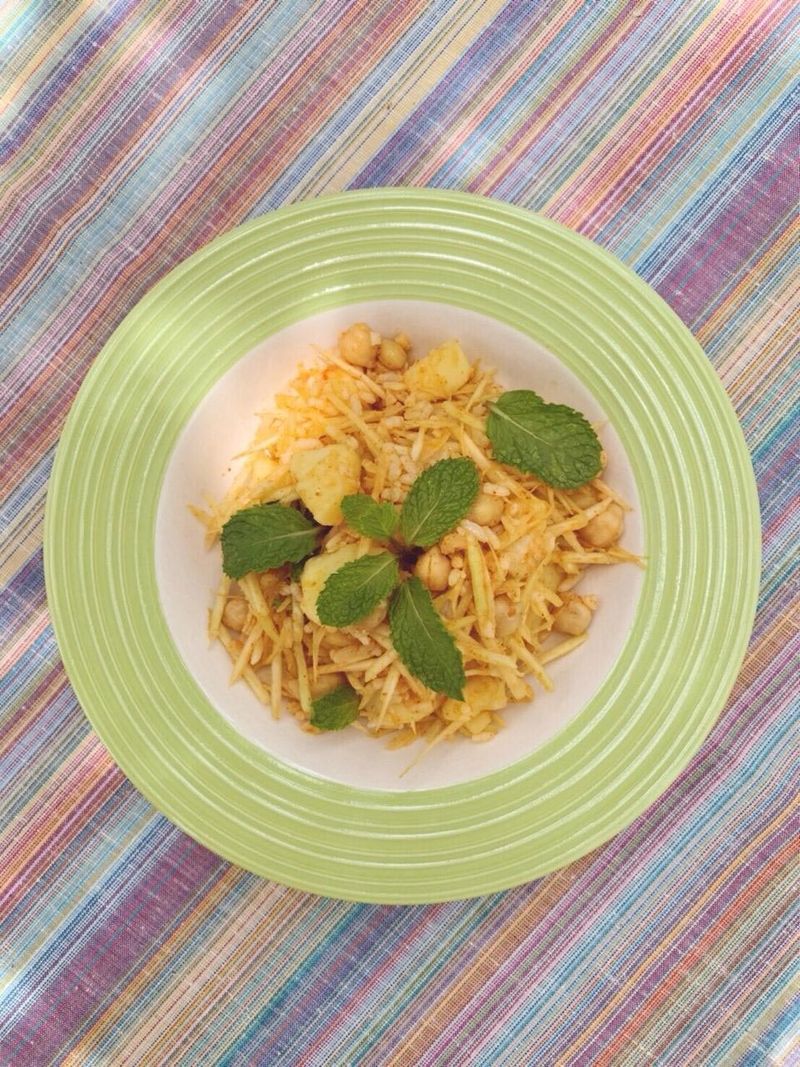
The Reinterpreted Lahpet Thoke Salad is an 11-ingredient recipe consisting of ginger, ghee, red chili powder, chickpeas, besan, salt, lime, mint, grated raw papaya, rice and boiled potato is passed on from my grandmother who used to live in Assam. It is her reinterpretation of a Burmese dish called Lahpet Thoke. This is the dish that brought our family together on Sundays where we enjoyed an endless brunch with a lot of wine. It doesn't look like much but you have to try it!
Manuel Olveira, owner and chef, La Panthera


Gazpacho was a staple on our family table during the hot summer months, a symbol that a hot Spanish summer has arrived! To me, it represents the simplicity and beauty of Spanish cuisine, with its refreshing taste and vibrant flavours. I remember my mother giving me the task of crumbling bread into the mix, knowing it was key to the soup’s texture. Often, when I prepare it, I’m reminded of home. Inspired by these memories, I introduced a gazpacho of Alphonso mango, adding a modern twist to this beloved classic at La Loca Maria.
Lakhan Jethani, head chef and co-founder, Mizu Izakaya

I have this distinct memory of not liking Baingan ka Bharta when I was a kid. So, in summers my mom used to buy a nice orange kaddu (pumpkin). I used to be fascinated by the colour. She used to essentially make two dishes out of it. One was kaddu ki sabji, which was made with potatoes, mustard seeds, and some curry leaves. It was outstanding because it was almost like sweet potato fries.
The other dish was kaddu ka bharta, a dish she makes till date. These fond memories led me to using pumpkin in two dishes at Mizu. Earlier, we had pumpkin soup with grilled mochi in it. Now we have Kabocha Tart (a pumpkin tart) in the current menu. My love for pumpkin came about from childhood, from that summer memory of my mom getting the pumpkin over to the house and the sweet quarrels between my mom and dad on who will cut it; it’s not easy to cut an entire pumpkin by yourself.
Beena Noronha, corporate chef, Chrome Hospitality (Gigi & Lyla)
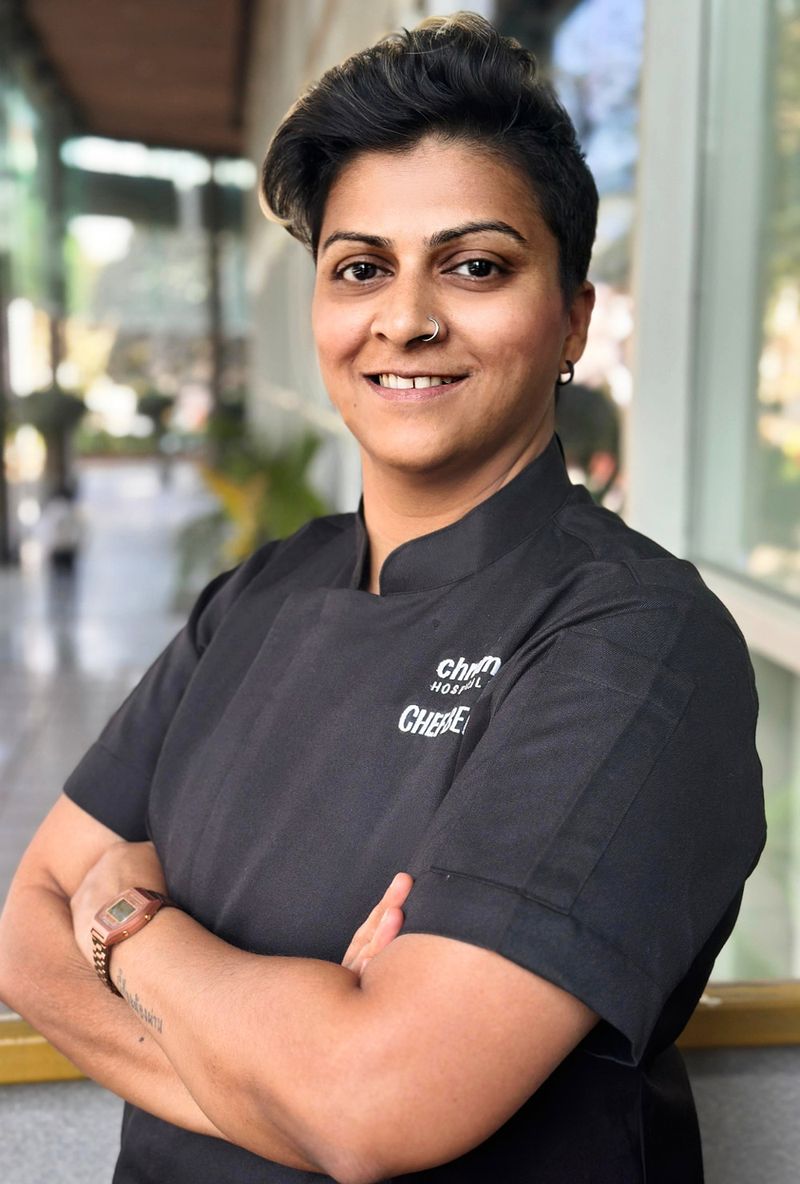
Lychee holds a deep sentimental value for me, wrapped in layers of nostalgia and childhood memories. Growing up, lychee was more than just a fruit; it was a symbol of summer's arrival and family togetherness. We would rumble over picking and eating the biggest and juiciest lychees from the bunch that my mom would buy from the market. The sweet, fragrant scent of lychee always filled the air, bringing with it a sense of joy and anticipation.
I vividly remember the various delicious treats my family made with lychee. My mother’s lychee rice pudding was a favourite, blending the fruit’s unique sweetness with creamy milk and rice for a refreshing dessert. Lychee sorbets and ice creams were other beloved treats, their cooling flavours perfect for hot afternoons. Sometimes, we would enjoy lychee in its purest form, fresh and juicy, as a simple yet delightful snack. These moments, filled with the taste and aroma of lychee, are intertwined with my happiest memories, making the fruit a nostalgic reminder of love, warmth, and the carefree days of my youth. Whenever I see anything with lychee on the menu, I have to order it whether it's a beverage or a dessert.
Sarfaraz Ahmed, corporate chef, Passion F&B (India)

I am born and brought up in Chhota Simla, where would celebrate 10-12 days of Simla Summer Festival. Schools would be closed and we would have ample time to enjoy the festivities. On our way back, we would gather around rhododendron or buransh trees and gather the flowers which were deep red or maroon in colour. Some of us would take off our sweaters, tie the sleeves and hold them under the tree while others would shake the trees so the flowers fall on them. We would then take the buransh flowers to the HPMC factory where they would turn the flowers into squash for a minimal fee. We would be so excited. The nostalgia connected with those times is still deeply embedded in my memories.
Paul Kinny, culinary director, The St. Regis Mumbai

As a chef, I’m constantly on the lookout for unique ingredients that can elevate my culinary creations. Recently, a childhood memory stumbled me upon a fascinating fruit called the ice apple, known as ‘tadgola’ in Marathi. The ice apple is the translucent, jelly-like fruit of the palmyra palm, scientifically known as Borassus flabellifer. This fruit is particularly revered in southern India and parts of Southeast Asia for its cooling properties, especially during the scorching summer months.
Encased in a tough, brown shell, the ice apple is revealed when split open, revealing two or three segments of clear, gelatinous fruit. The reason behind that the tropical delight still has its flavour on my palate is because, there were no summers without the tadgolas. A very clear memory of that is my grandfather taking us out for a stroll in sun, and there it was – ‘The tropical fruit’ to the rescue. I can never get enough of its freshness and unique texture.
Manish Mehrotra, culinary director, Indian Accent

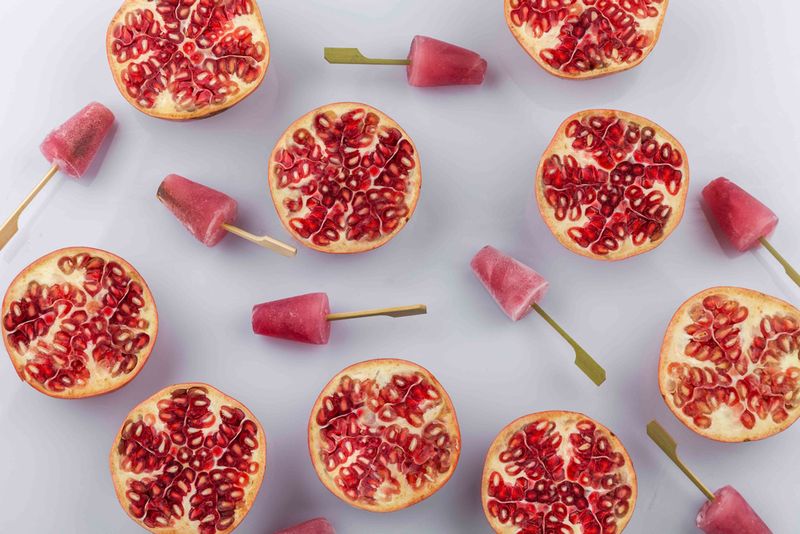
As a chef, every scoop of our Kulfi Sorbet at Indian Accent is a tribute to my childhood summers spent chasing after gola carts. It's more than just a treat; it's a sweet journey back to the flavours that shaped me, a blend of nostalgia and innovation served with love. Our tangy and refreshing Anar & Churan Kulfi Sorbet is a delightful blend of fresh pomegranate juice and aromatic spices, a perfect balance of sweet and sour.
Urvika Kanoi, head chef and founder, Café Duco and The Daily, Kolkata
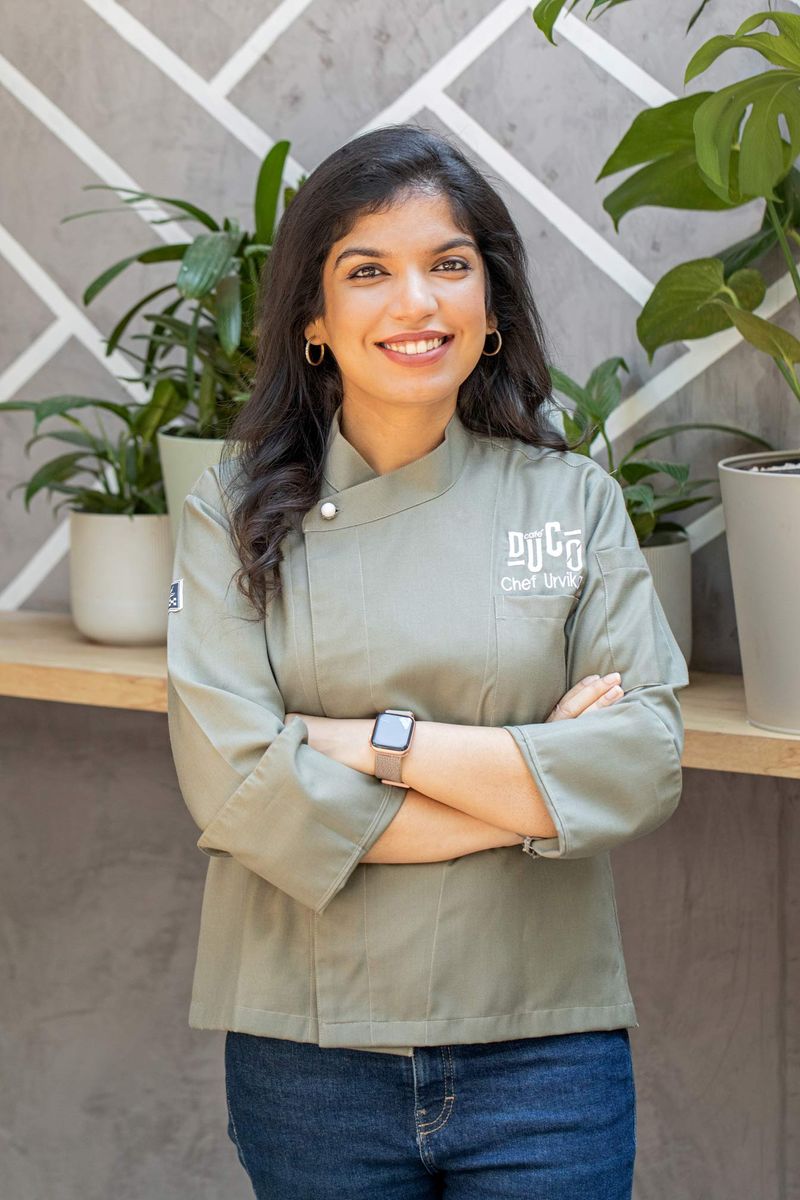
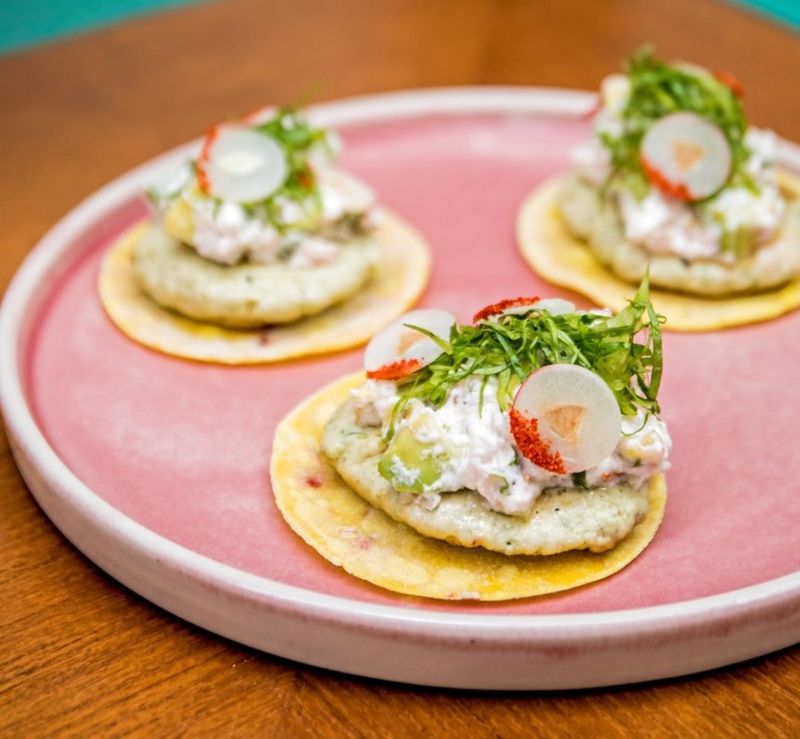
My nani had a room in her house which had big jars full of pickles from radish to karonda to raw mango and garlic. She believed in making everything at home. One day, I saw this massive pile of pink berries. I put one in my mouth and felt this delicious sourness filling my mouth. Karonda is a native Rajasthani ingredient. After school, my nani would teach me cooking for an hour and she taught me a karonda sabzi made with tossing it in simple spices. It is one of my fondest memories with her. After she passed, I’ve never had the karonda pickle which was my favourite. I’ve used it in tons of recipes, and also used it in my restaurants. We make a great summer salad and use it in the dressing as well as chop it in the salad. We also did a summer menu where we made chicken tostadas with karonda koshimbir on top and it tasted fabulous.
Disclaimer: The views expressed in the article reflects the author(s) opinions and do not necessarily represent the views of the publisher and editor.




